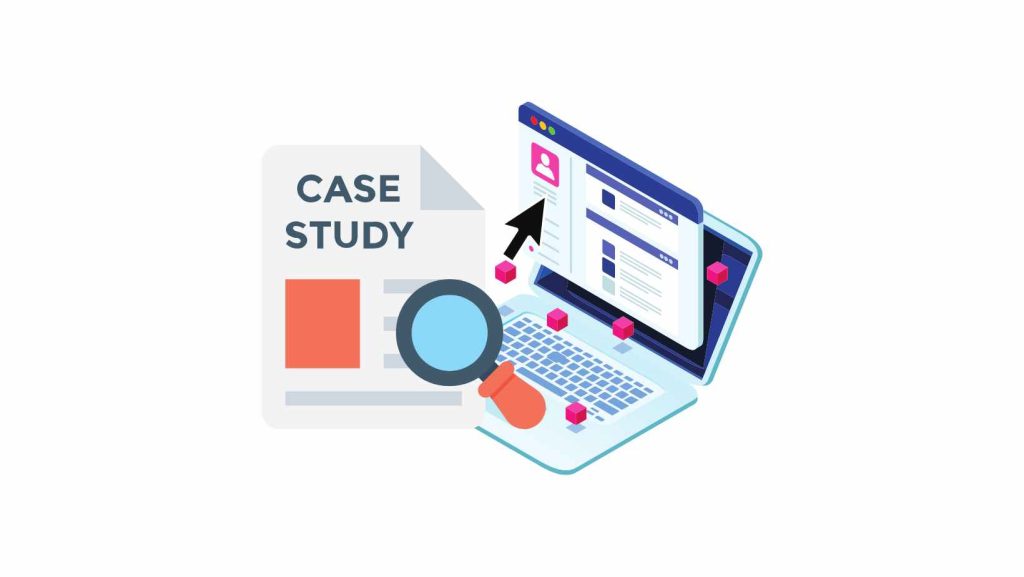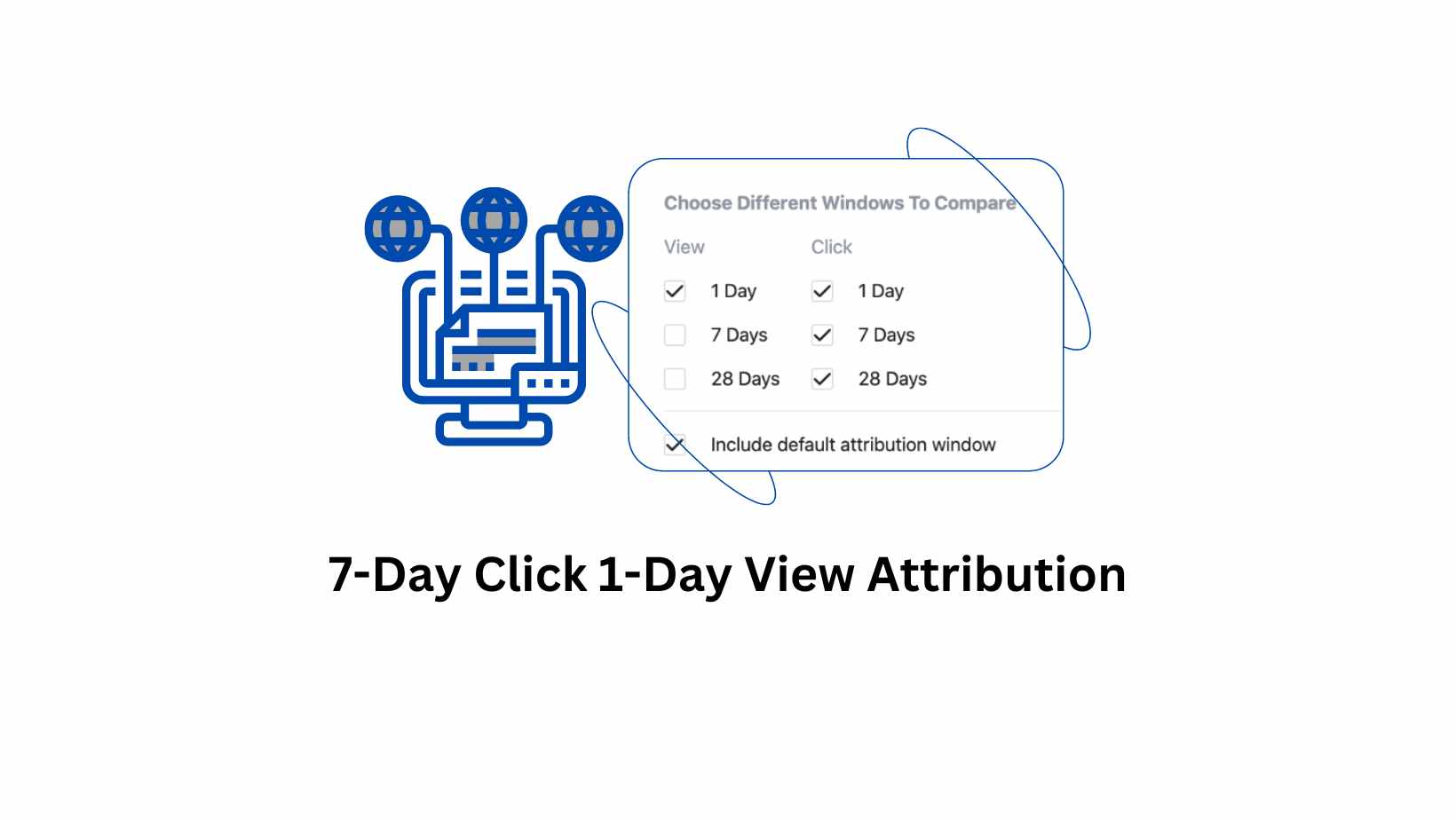Overview of 7-Day Click 1-Day View Attribution
In today’s highly competitive digital landscape, understanding customer behavior is key. The 7-Day Click 1-Day View Attribution model plays a pivotal role in this process. This model examines the actions of users who click on an advertisement within seven days, and those who view but don’t click within one day.
Importance of this Model in Modern Digital Marketing
With consumers interacting with multiple channels and devices, understanding the customer journey has become complex. The insights gained through this attribution model have a profound impact on how marketers design and implement their strategies.
This blog post seeks to go beyond the basics of 7-Day Click 1-Day View Attribution. We will dive into advanced strategies and real-world applications that can lead to remarkable marketing success.

7-Day Click Attribution Explained
The 7-Day Click Attribution refers to the tracking of user interaction with an advertisement within seven days after clicking on it. Unlike immediate tracking, this model allows a more extended observation window, capturing the consumer’s behavior and engagement over a week.
This method is not just about assessing an immediate response; it’s about understanding the prolonged influence an advertisement can have on a consumer. By tracking these interactions over seven days, marketers can uncover patterns and insights that might be missed in a shorter time frame.
How It Differs from Other Attribution Models
Traditional attribution models often focus on a singular point of interaction, such as the last click or the first click. These models can provide valuable information, but they miss the bigger picture.
7-Day Click Attribution stands out because it looks at a broader perspective, capturing the ongoing relationship between the consumer and the advertisement. This approach recognizes that modern consumer behavior is complex, influenced by various factors over time.
Other models might show that a user clicked an advertisement and made a purchase the same day. But what if the user returned to the site several times over the following week, engaging with other products or even recommending them to friends? The 7-Day Click Attribution model captures these nuanced interactions.
Real-world Applications and Examples
E-commerce Optimization
Consider a leading e-commerce platform that used 7-Day Click Attribution to optimize product ad placements. By tracking how customers interacted with ads over a week, they identified trends in behavior.
For instance, they discovered that customers who clicked on a specific category of products often returned within five to seven days to make a purchase. This insight helped them to tailor their remarketing strategies, resulting in increased conversions.
1-Day View Attribution Explained
1-Day View Attribution refers to the tracking of users who viewed an advertisement but didn’t click on it within one day. This tracking doesn’t just focus on the immediate interaction; it’s an essential acknowledgment of the subconscious influence that an ad’s mere visibility might have.
People are exposed to countless advertisements daily, and while they may not click on all of them, those views can still leave an impression. 1-Day View Attribution helps marketers understand this more subtle form of engagement, analyzing how visibility alone might affect consumer behavior.
Connection to 7-Day Click Attribution
Combining 1-Day View Attribution with 7-Day Click Attribution forms a robust picture of how consumers interact with content. While 7-Day Click Attribution analyzes actions post-click over a week, 1-Day View Attribution looks at how consumers respond to visual exposure without the click.
Together, these two models offer a holistic view of user engagement. They help marketers understand the broader landscape of consumer behavior, capturing both direct interactions and more nuanced, subconscious influences.
For instance:
- 7-Day Click Attribution reveals what users do after they click, tracking their behavior over a week.
- 1-Day View Attribution shows the impact of an ad even if users don’t click, measuring how they might be influenced by the visual exposure alone.
Real-world Applications and Examples
Enhancing a Fashion Campaign
Consider a fashion brand launching a new line. They use 1-Day View Attribution to understand how their ads resonate even with those who don’t click. Analyzing this data, they notice a significant number of users are returning to their site within a day after viewing the ad without clicking.
This insight leads them to create more visually appealing ads that align with the unclicked yet viewed content, subsequently improving the click-through rate.
Potential Impact on Campaign Effectiveness
The integration of 1-Day View Attribution with 7-Day Click Attribution opens new avenues for understanding audiences. It provides a comprehensive picture of how people are interacting with ads, both through clicks and views.
This rich insight allows marketers to:
- Optimize Content: By knowing what visually appeals to viewers, even if they don’t click, marketers can create more engaging content.
- Tailor Timing and Targeting: Understanding when and how people view ads without clicking can guide when to place ads and whom to target.
- Enhance Channels: This combined approach reveals which channels are most effective in driving not just clicks but also views, helping in strategic channel selection.
Advanced Techniques and Tactics
Leveraging Data Insights
By meticulously analyzing the data derived from these attribution models, marketers can make informed decisions. These insights can guide everything from content creation to media buying, enhancing the relevance and effectiveness of marketing efforts.
Creating Custom Attribution Models
Not all businesses have the same needs. Some may find immense value in tailoring these models to align with their specific goals, industries, and customer behaviors. Custom attribution provides a more precise picture, empowering better decision-making.
Integration with Other Marketing Tools and Platforms
Integrating these models with existing marketing tools, such as Customer Relationship Management (CRM) systems or analytics platforms, can centralize insights, providing a comprehensive overview of customer interactions across multiple touchpoints.
Case Study of a Leading Retail Brand

Overview
In an increasingly competitive market, a leading retail brand recognized the need to enhance their understanding of consumer behavior. They turned to the combination of 7-Day Click and 1-Day View attributions, aiming to unravel deeper insights into their customers’ interactions with their advertisements.
Implementation
The retail brand started by meticulously analyzing both 7-Day Click and 1-Day View data across various campaigns. They wanted to understand not only how users engaged with their ads after clicking but also how viewers were influenced by visual exposure alone.
Key aspects of their approach included:
- Tailoring Content: They modified their visual content to resonate more with those who viewed but didn’t click, inspired by the 1-Day View Attribution insights.
- Timing Optimization: By observing the patterns in 7-Day Click Attribution, they adjusted the timing of their remarketing efforts to align with when users were most likely to engage.
- Channel Selection: They restructured the channels they used, focusing on where they saw the most significant impact in both clicks and views.
Results
Their methodical approach yielded remarkable results. They saw a 25% increase in conversions, attributed directly to their new understanding of consumer behavior. By blending the insights from both 7-Day Click and 1-Day View attributions, they could craft a more nuanced, effective marketing strategy.
Lessons Learned and Best Practices
These success stories provide critical insights and guidelines for other businesses looking to adopt similar tactics. Some key learnings include:
- Understanding Complexity: Consumers’ interactions with advertisements are multifaceted. Embracing both click and view attributions allows for a more rounded understanding of engagement.
- Strategic Adjustments: Incremental changes, guided by detailed attribution data, can lead to significant improvements in conversions. Being willing to adapt and innovate is crucial.
- Data-Driven Decisions: The power of combining different attribution models lies in the data. Informed decisions, grounded in careful analysis, pave the way for success.
- Learning from Others: Case studies like this offer a roadmap for other businesses. They highlight what works, what doesn’t, and how to approach these advanced attribution tactics in a practical way.
Final Words
This exploration into 7-Day Click 1-Day View Attribution has unveiled a world of possibilities. By understanding and implementing these advanced tactics, marketers can create targeted, effective, and responsive campaigns that resonate with their audiences.
The journey doesn’t stop here. Embrace these insights, experiment with these tactics, and continue to learn and evolve. The digital marketing landscape is rich and exciting, and mastery of these advanced strategies is a step towards success.

Hello, I’m Ali Raza, the brain behind Digital Realm Trends.
Hailing from the vibrant world of digital marketing, I’ve honed my skills over years. Based on my experience, I’m here to unravel the complexities of digital marketing, analytics and paid marketing, crafted for individuals like you. Join me in uncovering the power of digital marketing tools and strategies, fueled by experimentation and insights.




